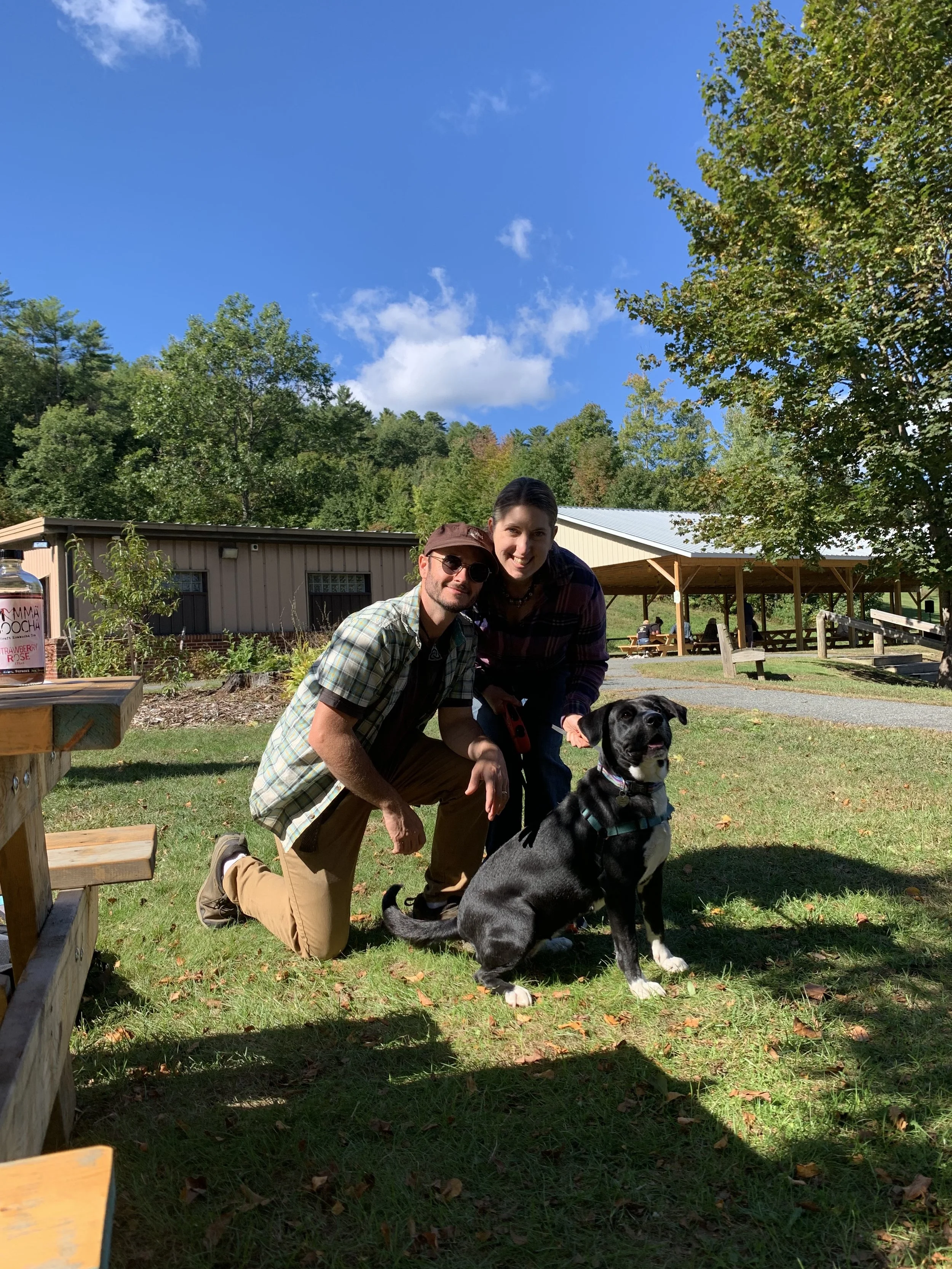Residents Criticize Algae Response
Lake Morey in Fairlee as seen from Lake Morey Resort. Courtesy Jessamyn West.
FAIRLEE–Fairlee residents expressed frustration Monday that they’ve been kept in the dark by officials about cyanobacteria blooms in Lake Morey and that leaders have done too little to deal with the situation.
A half-dozen residents that night criticized the Fairlee Selectboard, along with state regulators, for their seemingly slow response to the spread of toxic blue-green algae blooms on the lake, a popular swimming site and draw for tourists.
Their concerns ran the gamut: complaints about where signs letting people know about the blooms are posted, the impact the algae can have on air quality and what they see as poor communication about a huge problem.
“I’m worried that there should be more notices to people about how nasty this stuff is,” said resident Donna Richardson, who said she has suffered “adverse health effects” from the algae.
Lake Morey Protective Association member Laura Tucker said the governmental response has been disjointed.
“There needs to be a group [with a central point of contact] to pursue solutions.”
When pressed about the frustrations, selectboard chair Peter Berger painted a bleak picture: “We have not seen anything like this before.”
Citing 30 years of data, he said blooms as large as 15 square feet have been sighted on the lake.
Community members raised concerns that boats or people could disturb the surface of the water and cause the algae to spread — miles, by some estimates. Other residents sought insight into what the state is testing at the lake.
Landowner Debbie Leach raised concerns about the possible presence of a neurotoxin, known as BMAA, in the water table. Blue-green algae produces the toxin, long-term exposure to which has been linked with brain disorders. She said the blooms could cost up to $1 million to clean up, an assessment Berger agreed with.
Leach said she believes the buildup of cyanobacteria in the lake can in part be traced to lakeside properties and their septic conditions. Her husband Ted argued that wastewater and other contaminants had settled along the bottom of the lake over the last two centuries of development.
He presented a report to the selectboard that suggested most contamination is “in the deepest parts of the lake,” citing the presence of camps and other old structures that may have leaky septic systems.
Looking ahead, a public hearing is scheduled for Sep. 26 to decide whether the town’s moratorium on developments labeled conditional use will continue. The town put a halt to those developments so officials could update zoning bylaws to ensure the town’s ability to perform septic review of lake-adjacent properties.
“The town has no way of initiating a septic review on lakeside properties,” said Berger, explaining that there are jurisdictional barriers to monitoring the systems at homes along the lake.
Selectboard members say they want to lift the moratorium in early 2023.
After the meeting, town officials said they are working on mitigation but there are no quick fixes. On Tuesday afternoon, the selectboard and town health officer Chris Brimmer issued the following statement:
“The worst cyanobacteria bloom in recent memory continues into its third week. The town represented by the selectboard, and its health officer have been working with both state officials and local organization Lake Morey Commission to collect data and discuss the long term solutions to what appears to be a problem that may well reoccur on a regular basis.
“In the near term residents and visitors to Lake Morey are urged to avoid contact with lake water and to keep children and pets out of the water. There have been reports of air quality issues associated with the bloom cycle and caution is urged when exposed.”
In other business at Monday’s meeting, the board introduced the town’s new assistant treasurer. Jennifer Garrow is a longtime Fairlee resident who has three children and became a grandmother over the course of the COVID-19 pandemic. She has started taking the classes for her bookkeeping certification at the Community College of Vermont.
She said she’s “got a lot to learn” but is excited about the prospect of serving her community.
The board also voted unanimously to approve the lease of one parcel of land to ECFiber, a communications union district that provides high-speed internet for dozens of communities in the east central region of the state.
The district, a legal body that allows towns to partner to provide broadband coverage, plans to use the land to build new infrastructure in the town. The upgrade should increase the baseline speed of broadband services in the area from “25 [megabits per second] to 75 [megabits per second],” said Berger, the board chair.






